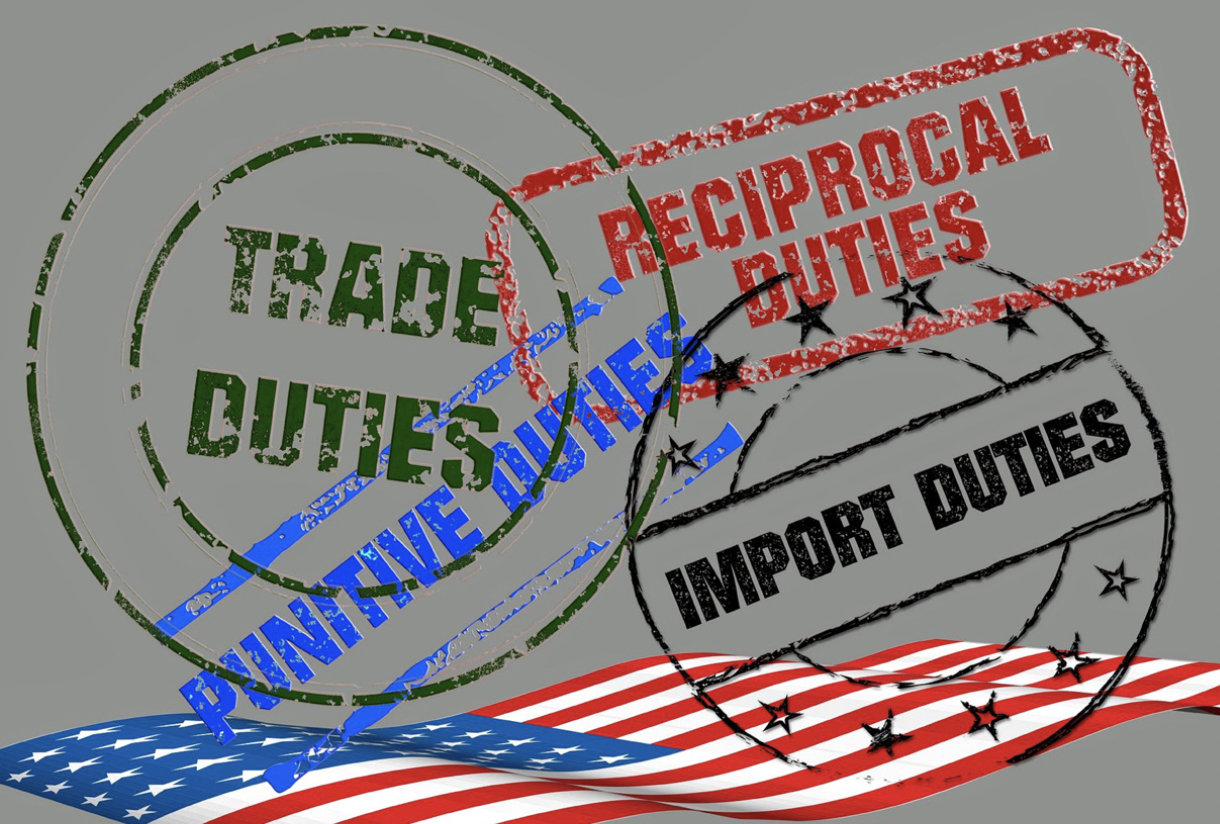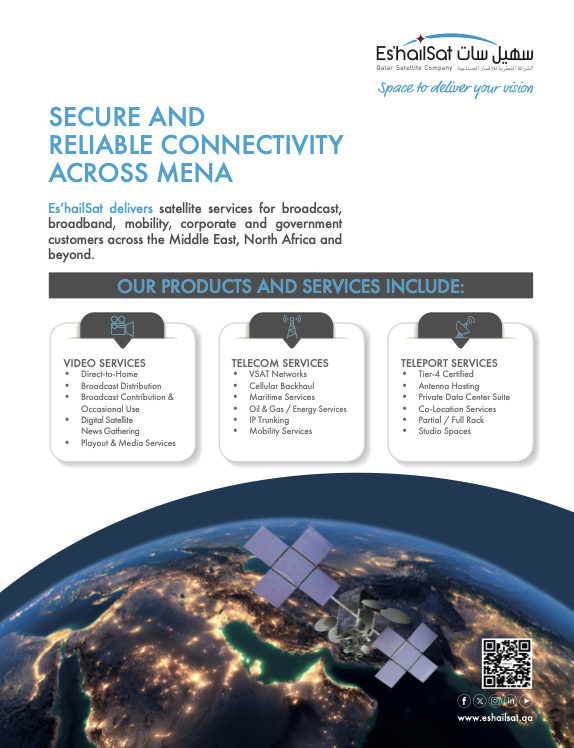Jahna Hartwig, Of Counsel, Wilson Sonsini Goodrich & Rosati
The current and potential future state of tariffs on imports from the Final Frontier
Tariffs are taxes imposed by governments on imported goods. These tariffs can be assessed by the Customs service whenever merchandise passes through a port or over a border.

What happens when goods are manufactured in space and then returned to Earth? Will U.S. Customs and Border Protection (CBP) services set up offices at Kennedy Space Center or on Wallops Island? And what rates will be applied?
Tariff rates are ordinarily based on i) the classification of the items on the Harmonized Tariff Schedule (HTS)1 and ii) the “country of origin” of the imported goods.2

Historically, tariffs have targeted specific goods based on the HTS classification, with carve-outs for certain countries based on free trade agreements or other multilateral agreements. The Section 301 tariffs adopted by the first Trump Administration, which imposed 7.5 percent to 25 percent tariffs on hundreds of billions of dollars of imports from China, are a notable exception.
The recent “Liberation Day” tariffs impose a baseline 10 percent tariff to virtually all goods from all countries.3 Additional “reciprocal” tariffs will be imposed based the country of origin of the imported goods.
For example, the countries subject to additional reciprocal tariffs will include China (34 percent), Taiwan (32 percent), Japan (24 percent), European Union member states (20 percent), South Korea (26 percent), and Vietnam (46 percent). Other countries affected by the reciprocal tariffs are reflected in Annex I to the order.4
These baseline and reciprocal tariffs are in addition to other applicable tariffs that already apply to a specific item, inclusive of standard Harmonized Tariff Schedule of the United States (HTSUS) duty rates, Section 301 duties, antidumping/countervailing duties, and tariffs on Chinese-origin imports under earlier Executive Orders.5
The law is not yet clear on how these tariffs would apply to a good manufactured in space. The Outer Space Treaty of 1967 prohibits territorial claims in outer space.6 No country can “own” space or any bodies in space.
The country of origin is the country where an item is “wholly obtained or produced.”7 A good is “wholly obtained or produced” in a country if it is:
A mineral good extracted in that country;
A vegetable or plant good harvested in that country;
A live animal born and raised in that country;
A good obtained from hunting, trapping, or fishing in that country;
Waste and scrap derived from: production in a country or used goods collected in that country provided such goods are fit only for the recovery of raw materials; and
A good produced in that country exclusively from goods referred to above.8
If a manufactured good is produced from inputs sourced from other countries, the country of origin will be the country of origin for the input imparts the essential character to the good or similar methods.9
The current regulations include provisions relating to goods extracted from the seabed or from outer space. In such cases, goods “wholly obtained or produced in a country” include:
A good (fish, shellfish, and other marine life) taken from the sea by vessels registered or recorded with that country and flying its flag;
A good taken by that country or a person of that country from the seabed or beneath the seabed outside territorial waters, provided that country has rights to exploit such seabed; and
A good taken from outer space, provided they are obtained by that country or a person of that country10
The regulations also state that goods “produced on board factory ships” from goods taken from the sea by that ship are considered to be wholly obtained or produced in the country in which the ship is registered.11
For example, if a Canadian-registered ship catches tuna in international waters and then cans the tuna on board the ship, the canned tuna will be Canadian-origin for purposes of U.S. Customs. This concept has been applied and confirmed by both CBP and the U.S. Court of International Trade.12
While the regulations provide a mechanism to determine country of origin for goods “taken from space,” it’s not clear that this rule would apply to goods manufactured in space. However, it seems likely that Customs services will adopt rules analogous to the rule for goods manufactured on ships in international waters. Those rules will likely consider:
The nationality of the factory owner;
The nature of the processing and value added in space; and
The country of origin of the inputs (e.g., space-based versus Earth-sourced materials).
If a space-based factory is owned by a U.S. company, and the goods are manufactured from minerals extracted from a celestial object or U.S.-sourced inputs, there will likely be no import duties applied if those goods are brought back to the U.S. By contract, if a space-based factory is a joint venture between a U.S. company and a French company, it’s less clear that the goods would be treated as U.S.-origin.

Ultimately, it remains to be seen whether and how the U.S. and other governments will impose tariffs on goods manufactured in space. Tariff rates could be impacted by each country’s foreign policy goals and national legislation, international trade agreements, and geopolitical factors. Businesses venturing into space manufacturing should closely monitor tariffs and other trade policy developments.
The views expressed in this article reflect those of the authors and do not necessarily
reflect the views of their employer or its clients.

Jahna Hartwig
Author Jahna Hartwig is Of Counsel at Wilson Sonsini Goodrich & Rosati, where she advises domestic and foreign companies on compliance with international trade laws.
References
1 The U.S. International Trade Commission website explains that the “Harmonized Tariff Schedule of the United States (HTS) sets out the tariff rates and statistical categories for all merchandise imported into the United States. The HTS is based on the international Harmonized System, which is the global system of nomenclature applied to most world trade in goods. The Commission publishes and maintains the HTS in its various forms, and periodically makes recommendations to the President regarding modifications needed to keep the HTS consistent with international nomenclature. U.S. Customs and Border Protection administers the HTS at U.S. ports of entry and also provides advice and rulings on matters relating to the classification of imports.”
www.usitc.gov/glossary/term/harmonized-tariff-schedule-united-states-hts.
2 19 CFR §152.11.
3 Canada and Mexico are subject to separate tariff rates established in earlier executive orders and countries with which the U.S. does not have “normal trade relations” (including Russia, Belarus, North Korea, and Cuba) are subject to special treatment under applicable U.S. trade law. See Wilson Sonsini Client Alert, “Understanding the “Liberation Day” Tariffs” (Apr. 7, 2025) (available: www.wsgr.com/en/insights/understanding-the-liberation-day-tariffs.html).
4 Executive Order, Regulating Imports with a Reciprocal Tariff to Rectify Trade Practices that Contribute to Large and Persistent Annual United States Goods Trade Deficits (Apr. 2, 2025) (available at www.whitehouse.gov/presidential-actions/2025/04/regulating-imports-with-a-reciprocal-tariff-to-rectify-trade-practices-that-contribute-to-large-and-persistent-annual-united-states-goods-trade-deficits/).
5 See Wilson Sonsini Client Alert, “Understanding the “Liberation Day” Tariffs” (Apr. 7, 2025) (available at www.wsgr.com/en/insights/understanding-the-liberation-day-tariffs.html).
6 See Treaty on Principles Governing the Activities of States in the Exploration and Use of Outer Space, Including the Moon and Other Celestial Bodies (Oct. 10, 1967) (available at 2009-2017.state.gov/t/isn/5181.htm).
7 19 CFR §102.11.
8 19 CFR §102.1(g)
9 19 CFR §102.11.
1019 CFR §102.1(g).
11id
12See NYRL N148076 (Mar. 7, 2011); Koru North America v. United States, 701 F. Supp. 229 (CIT 1988)).

